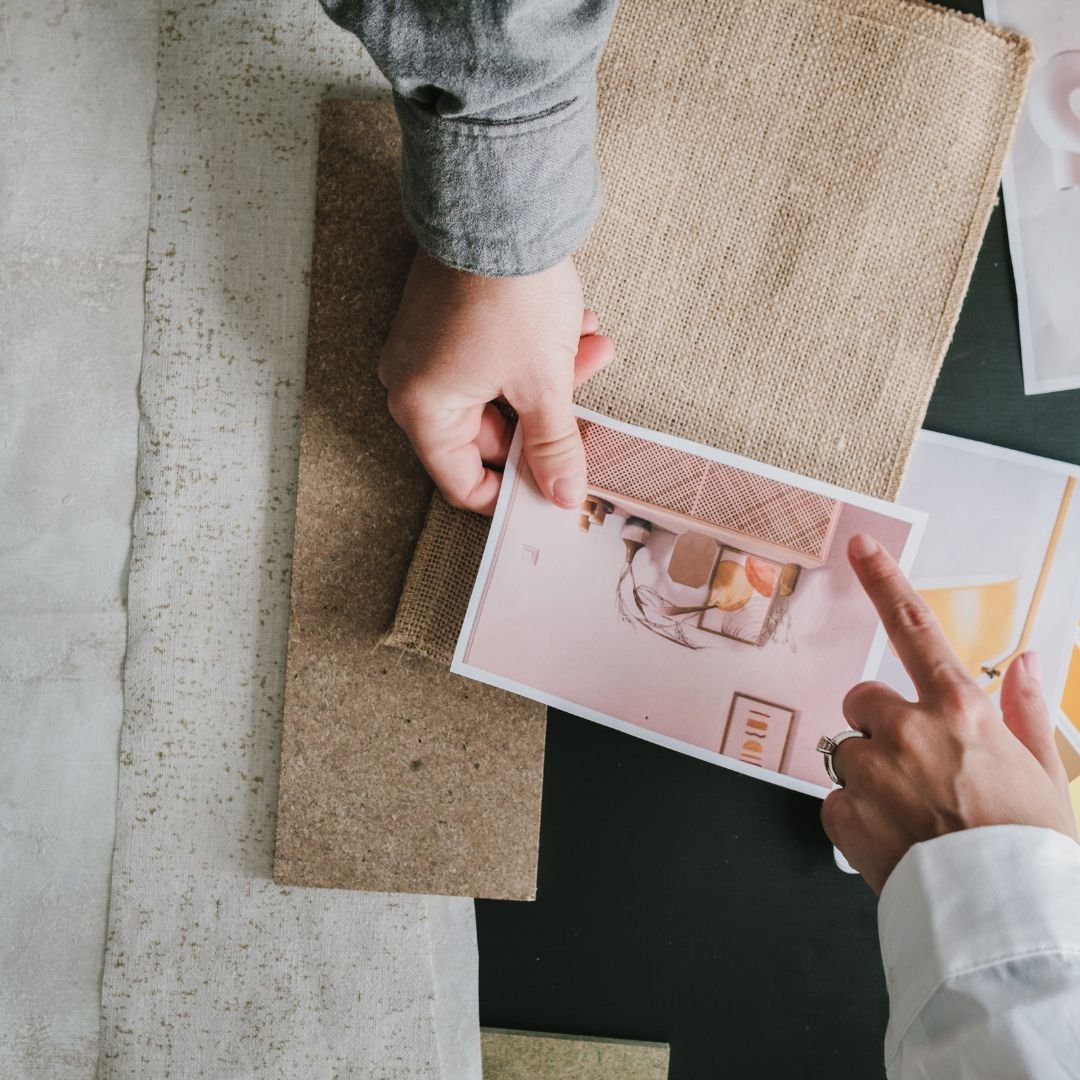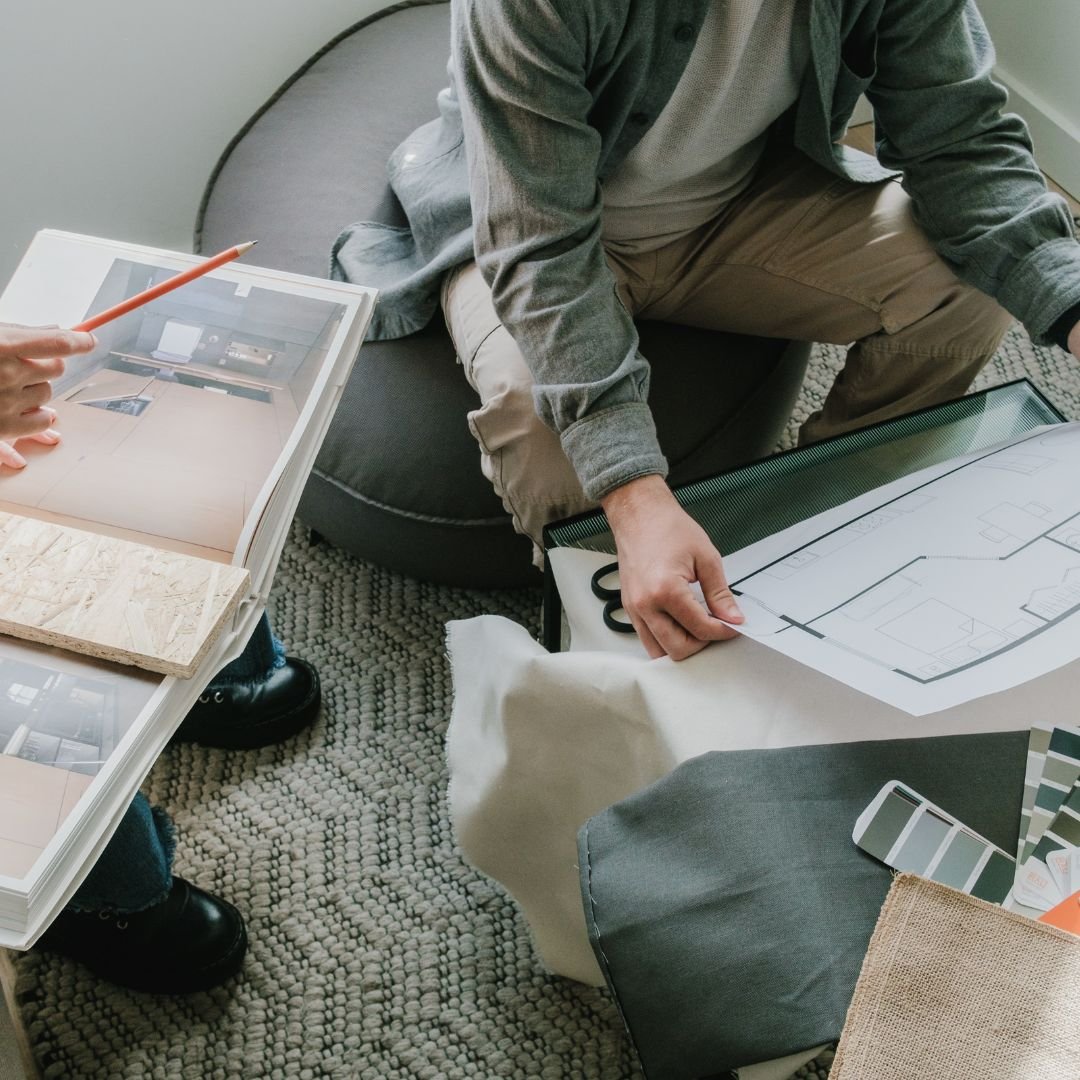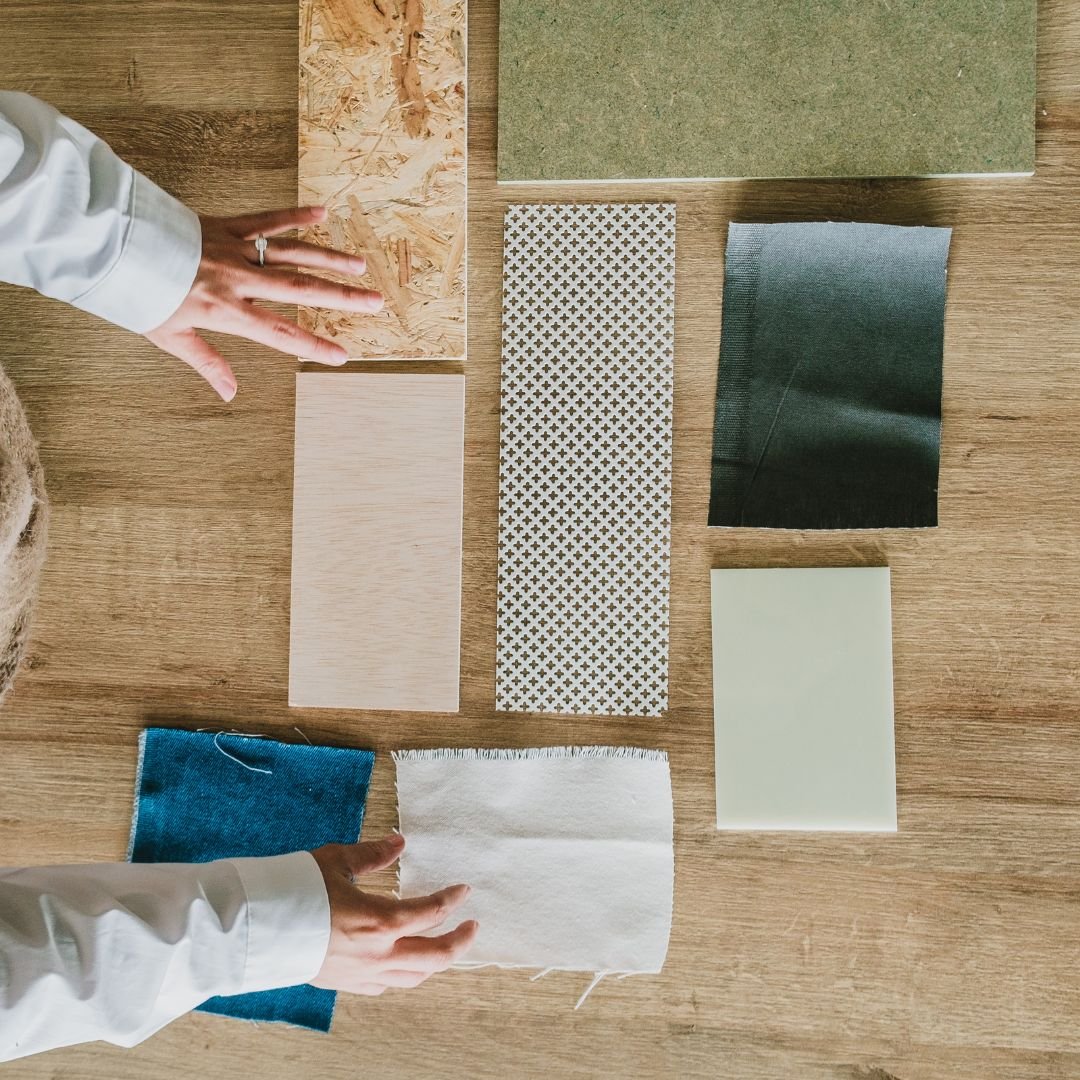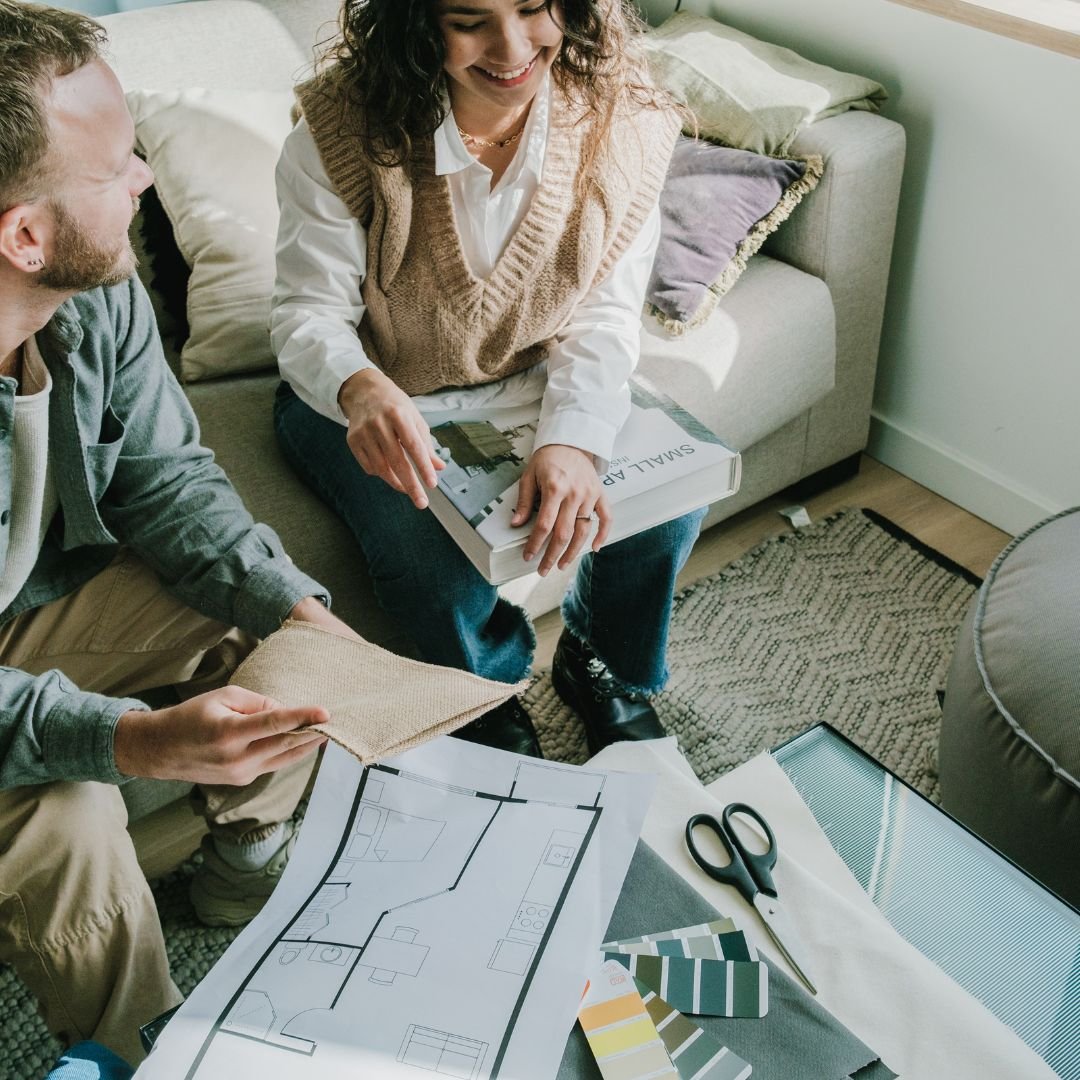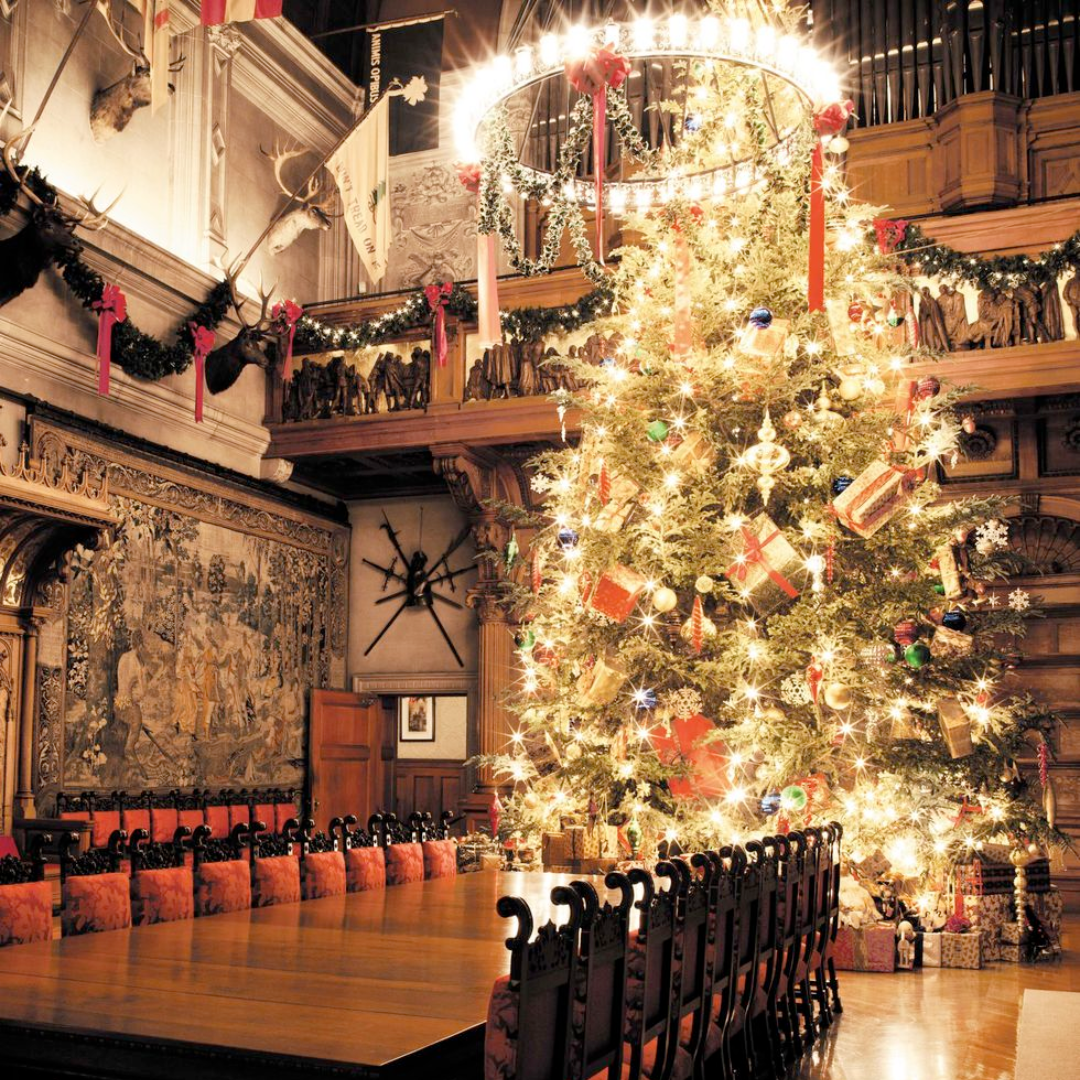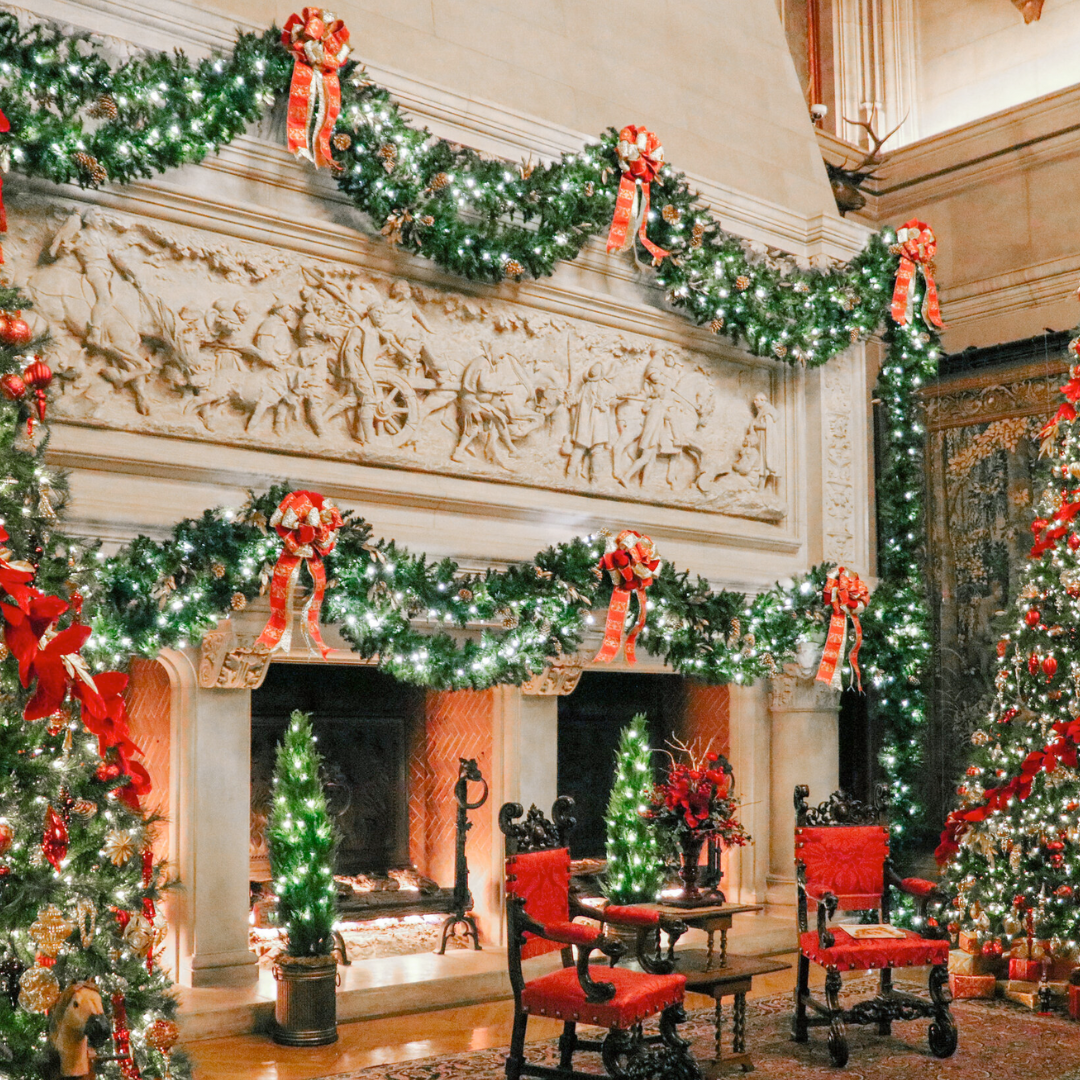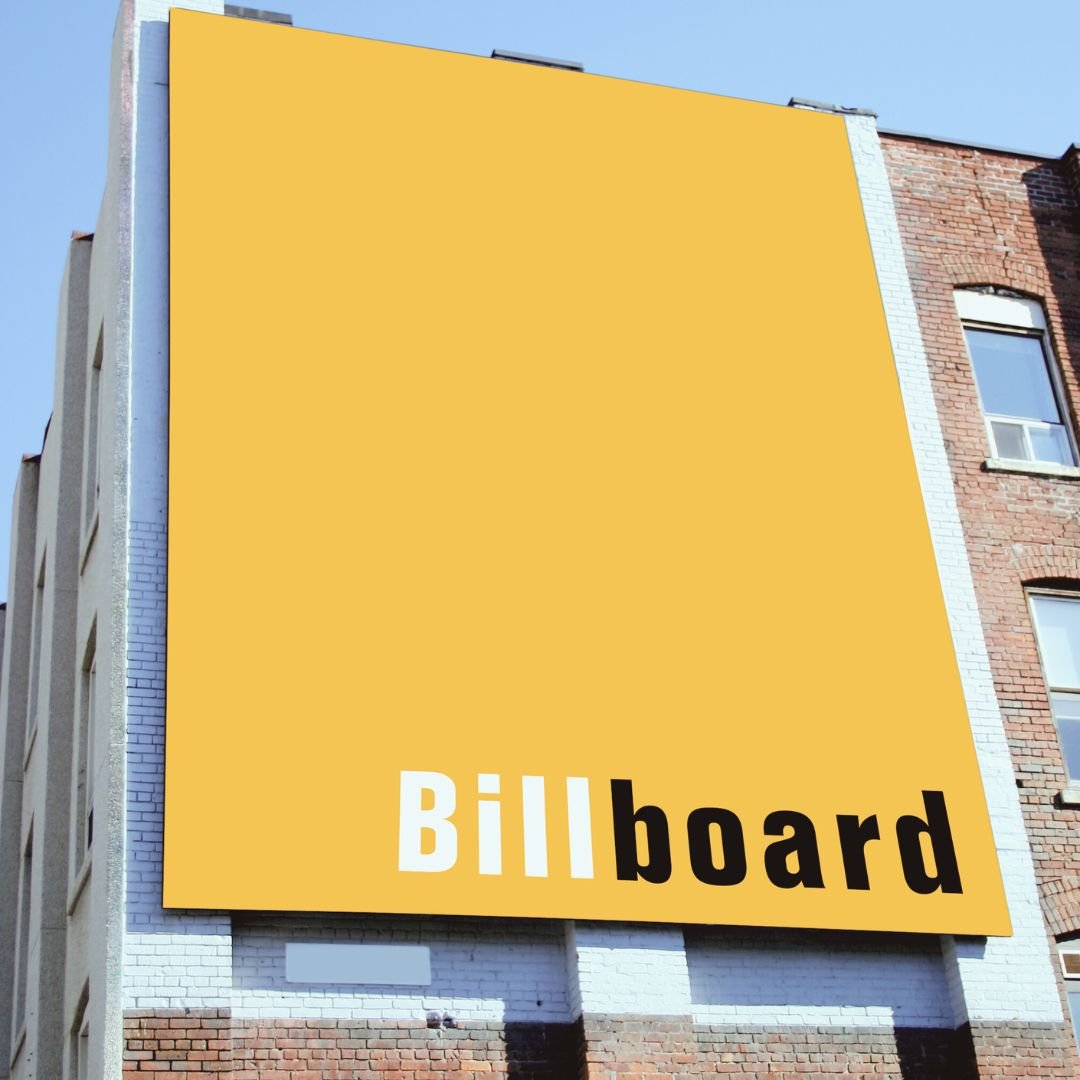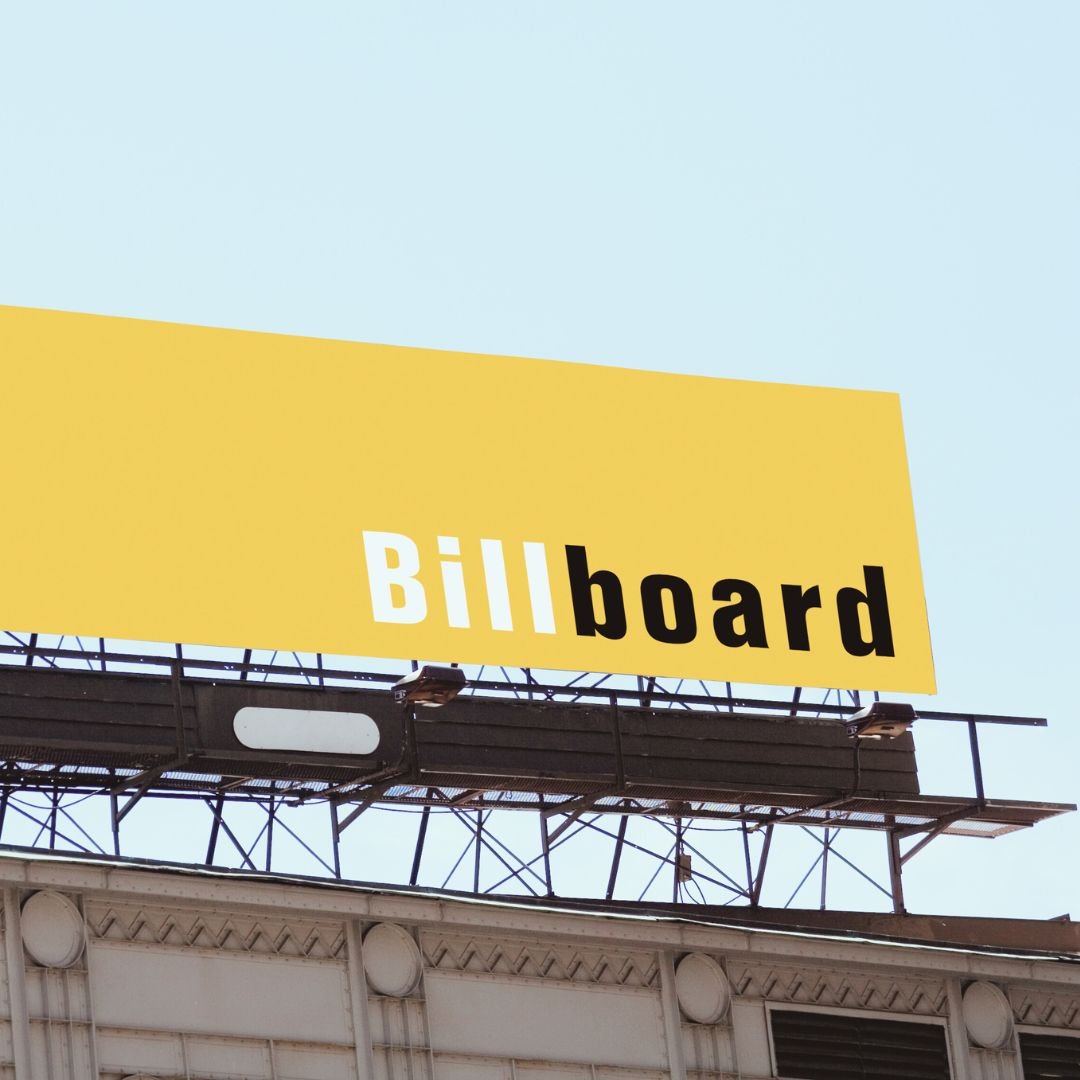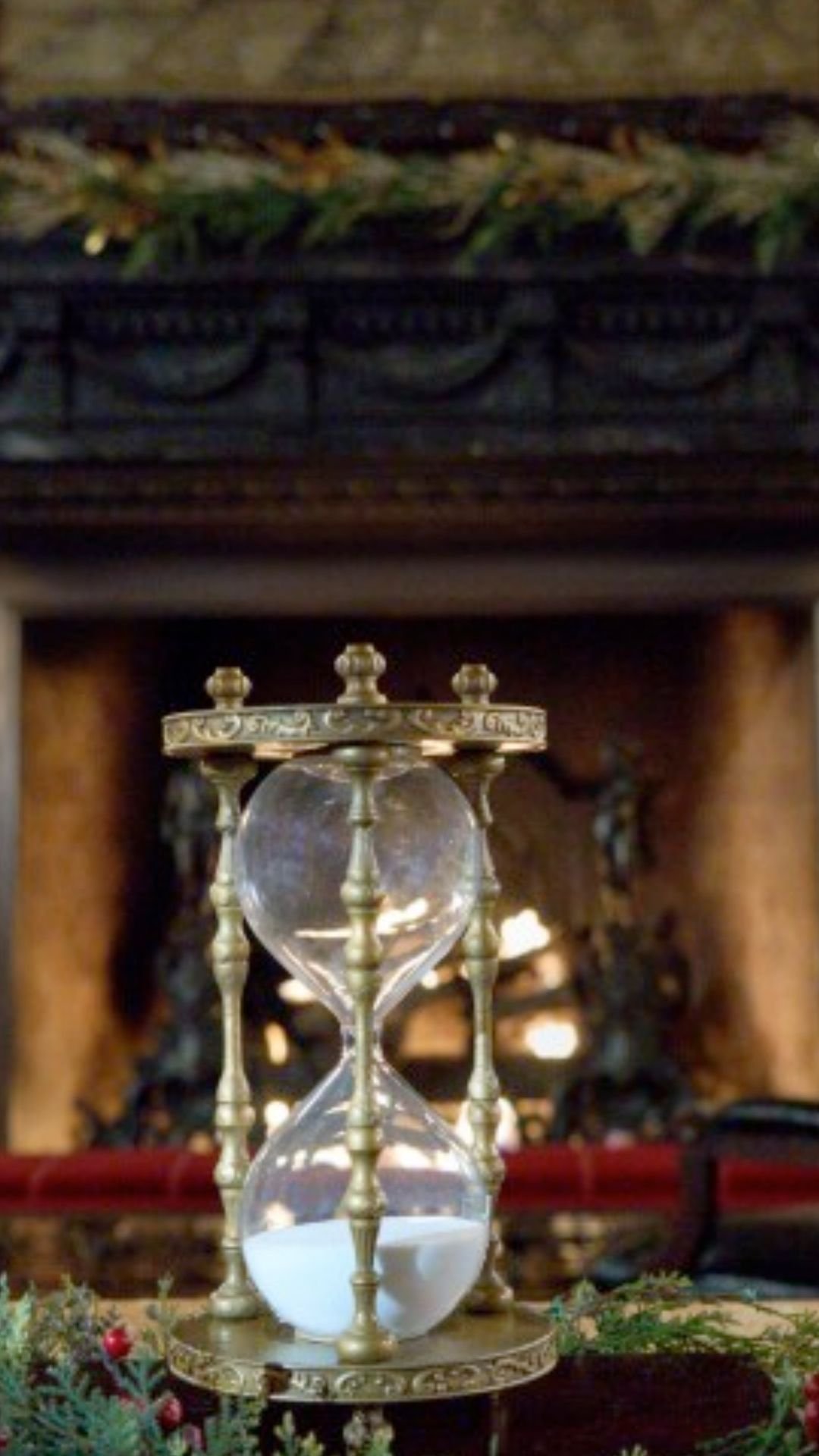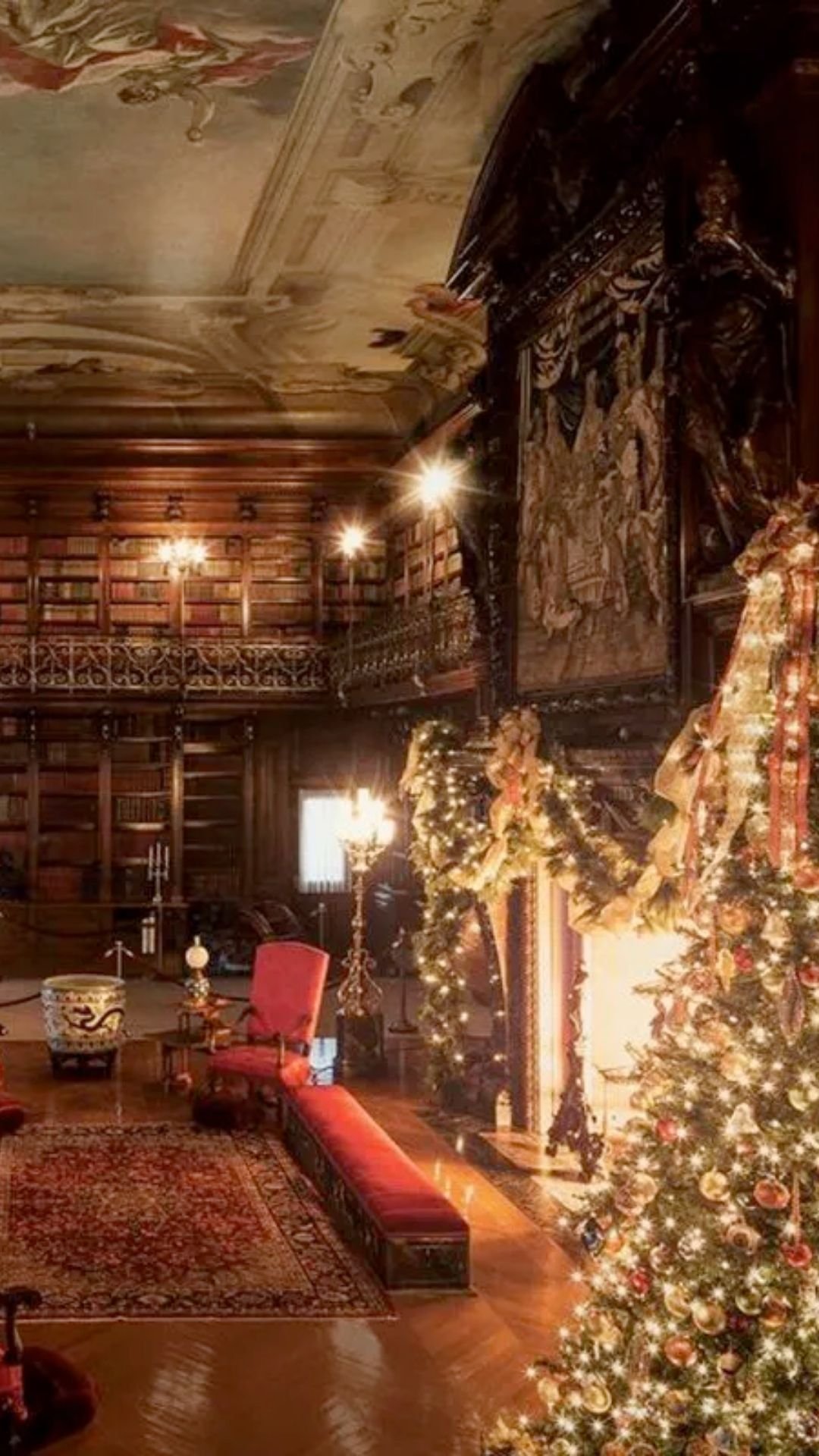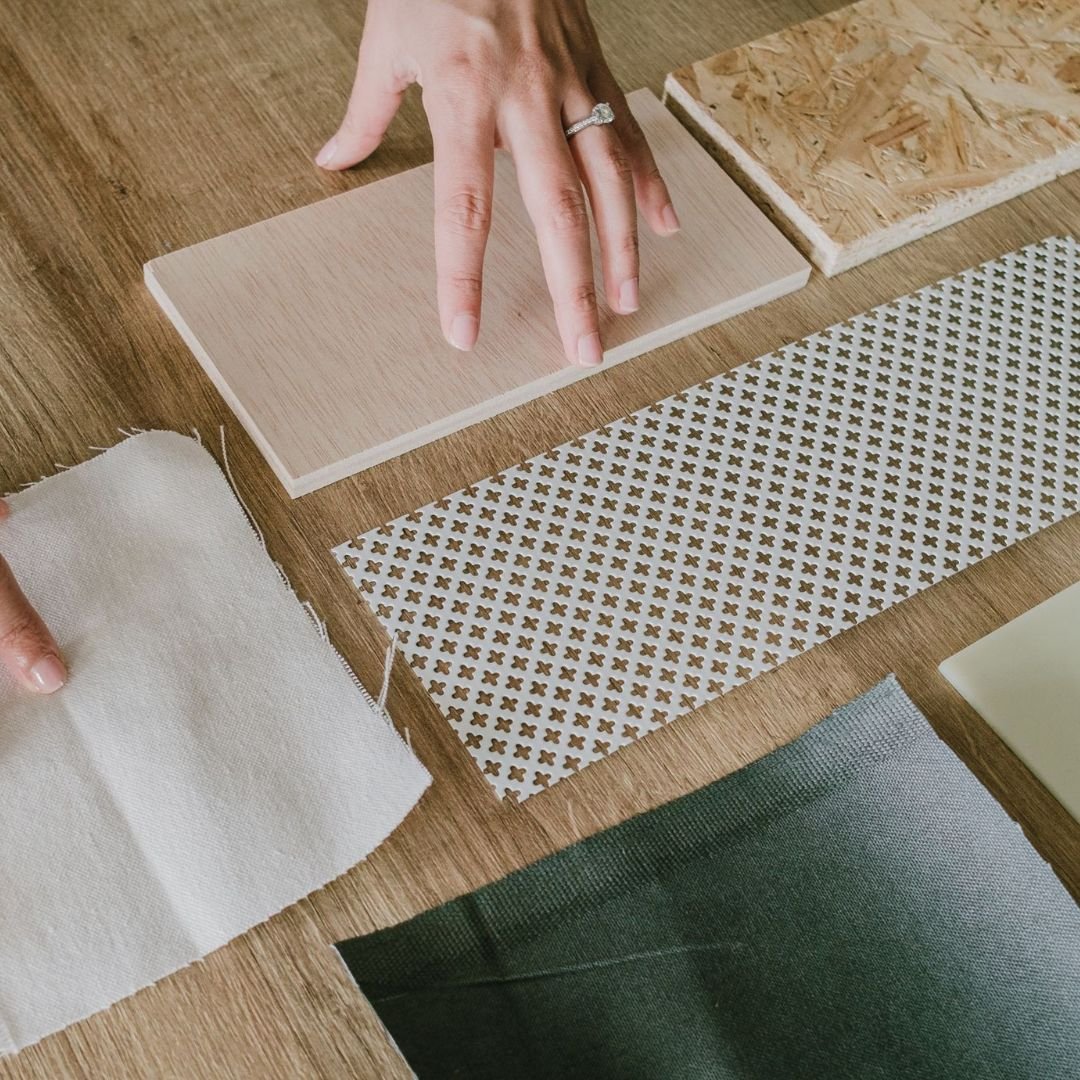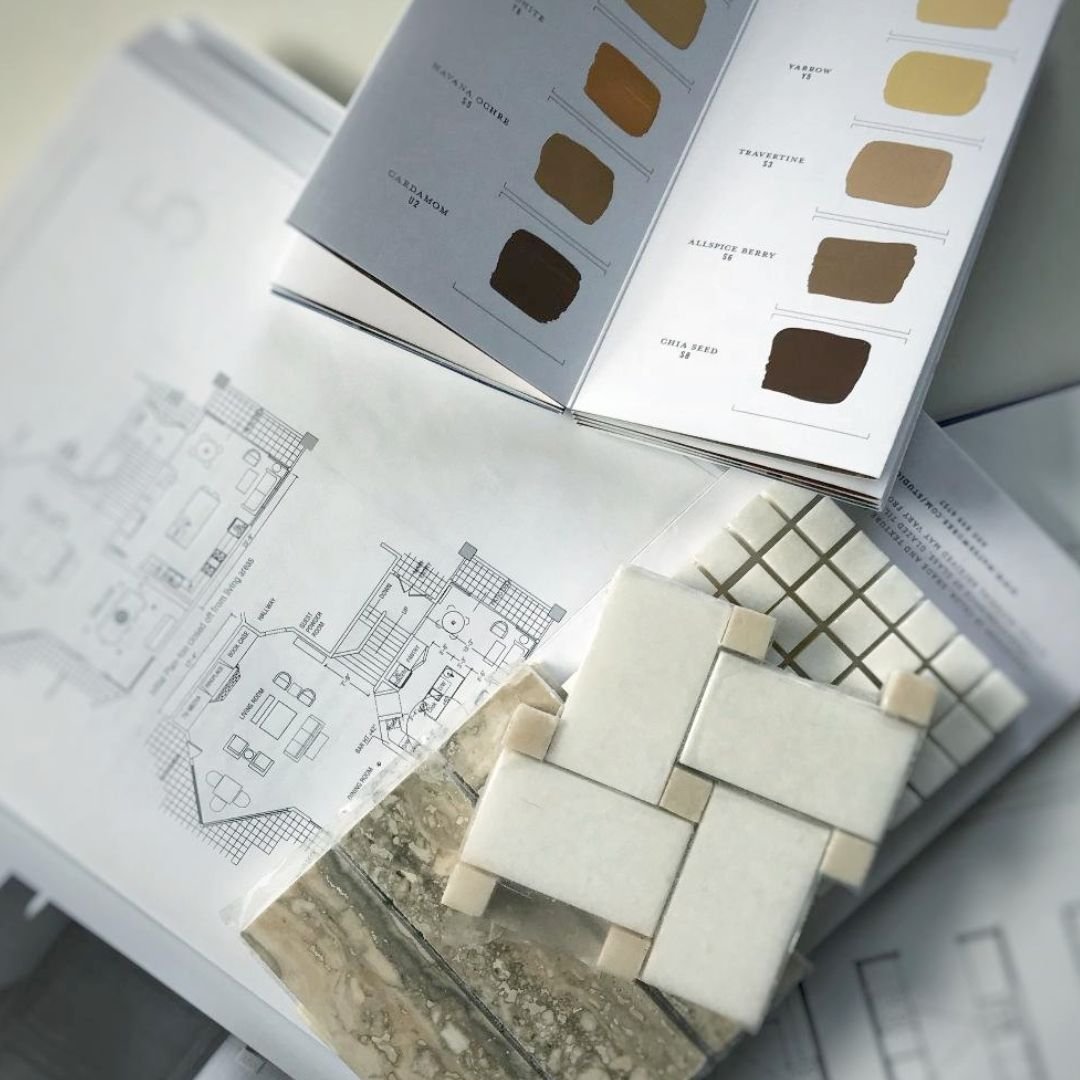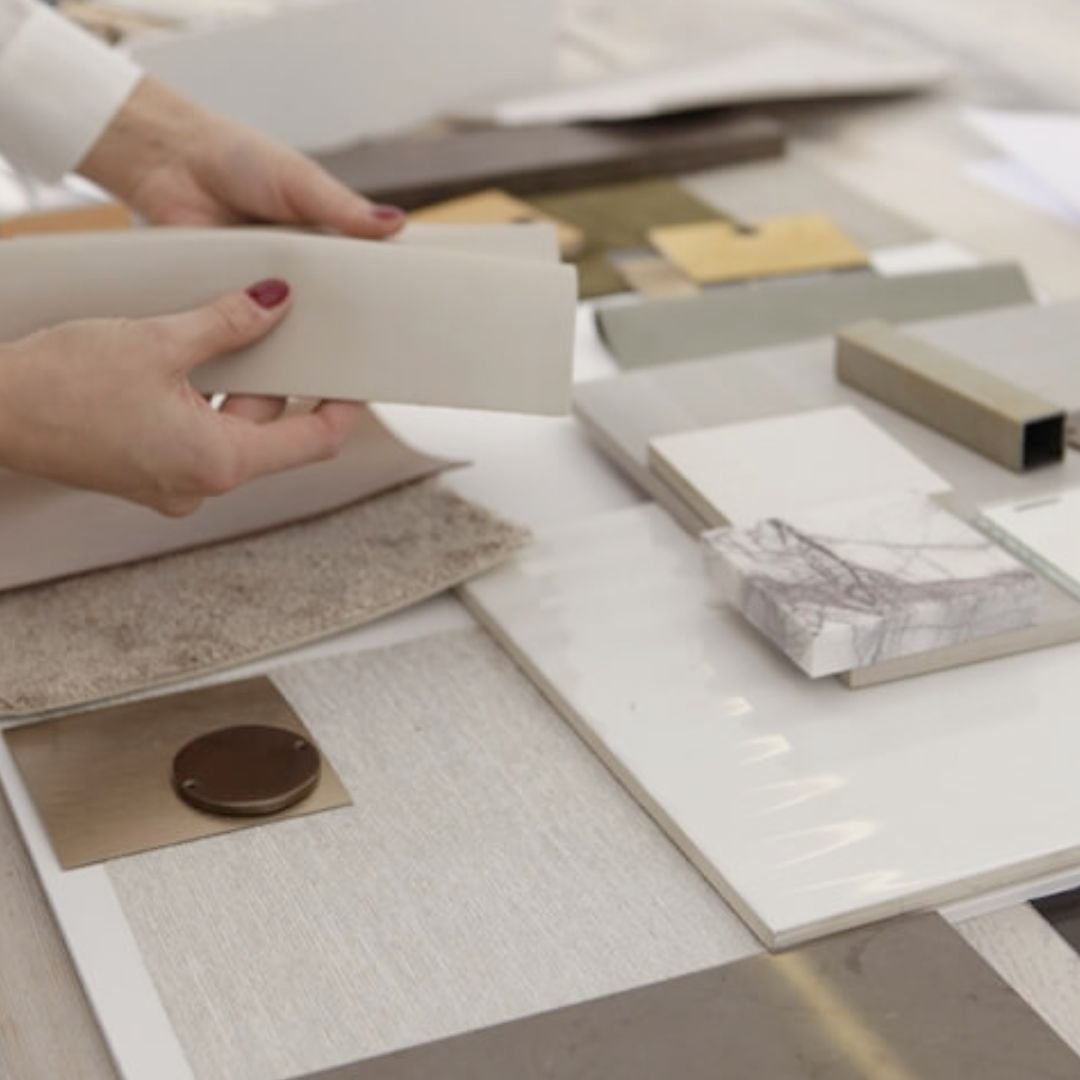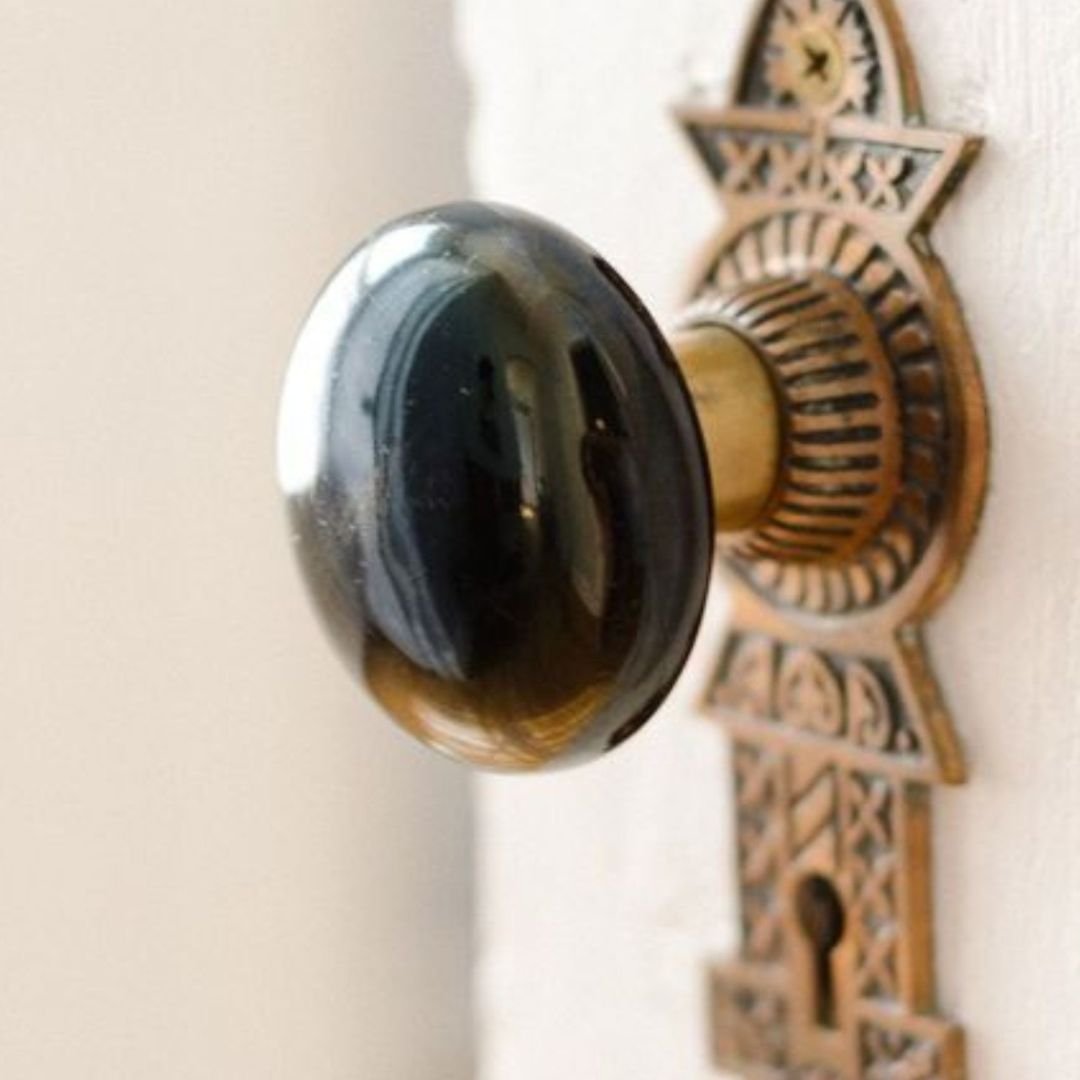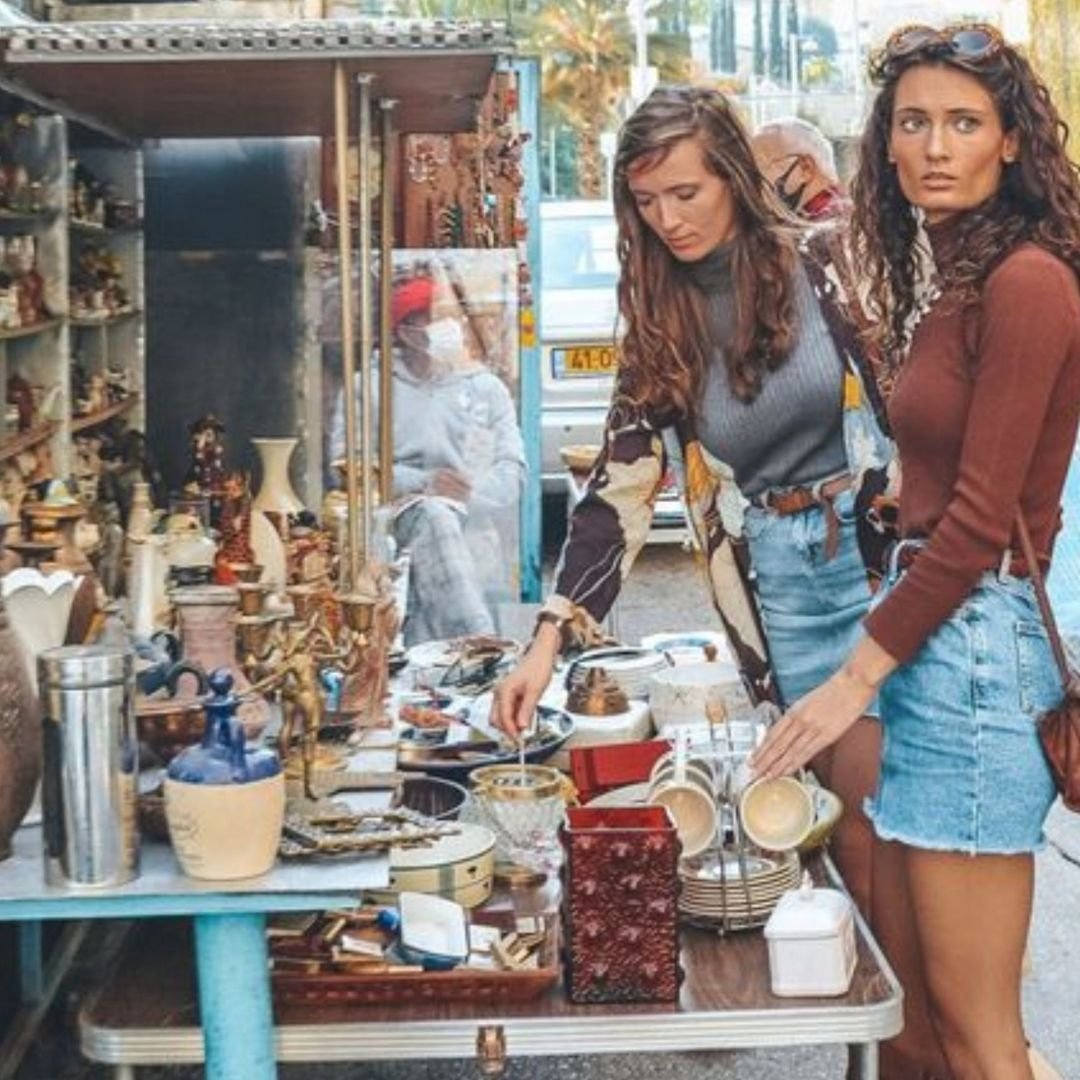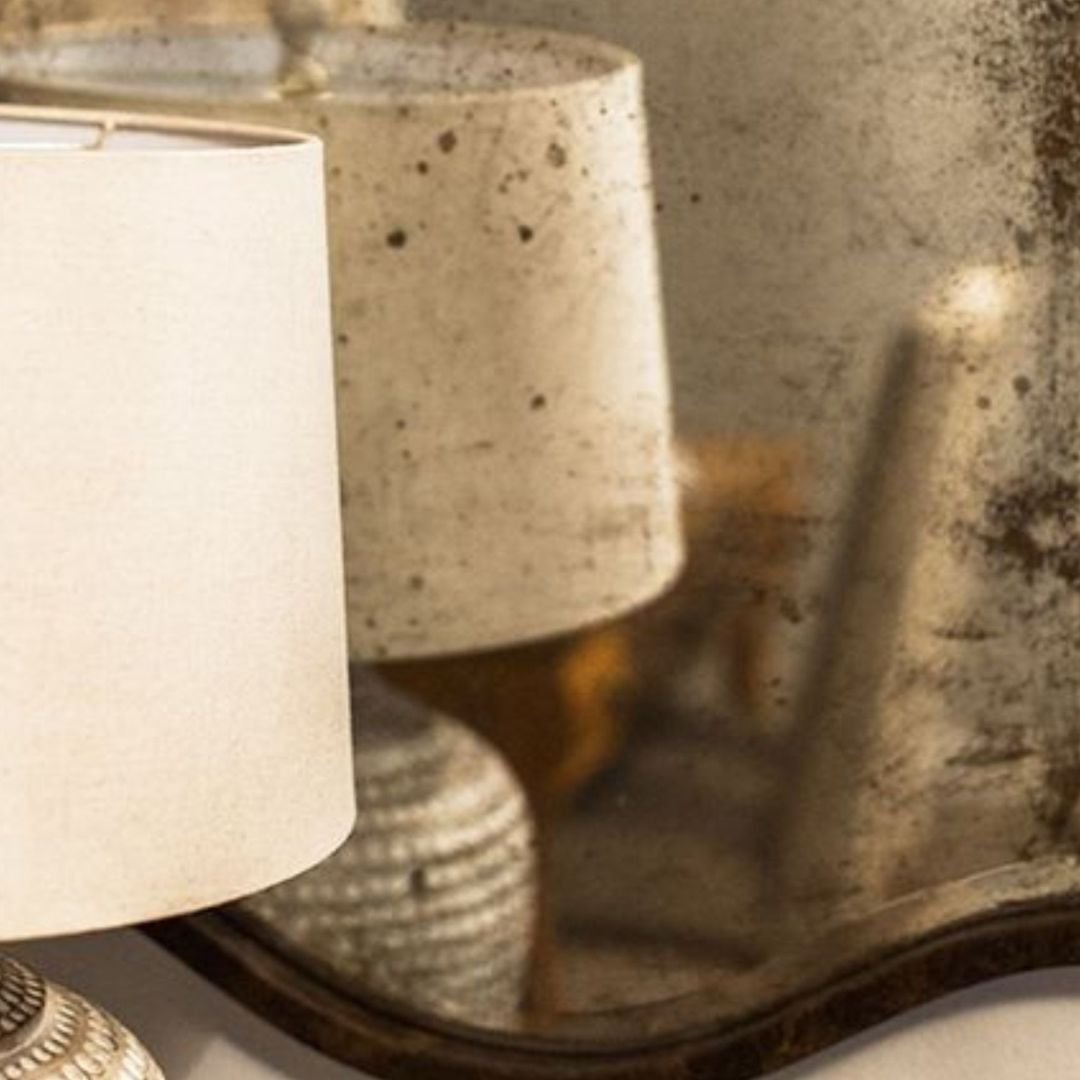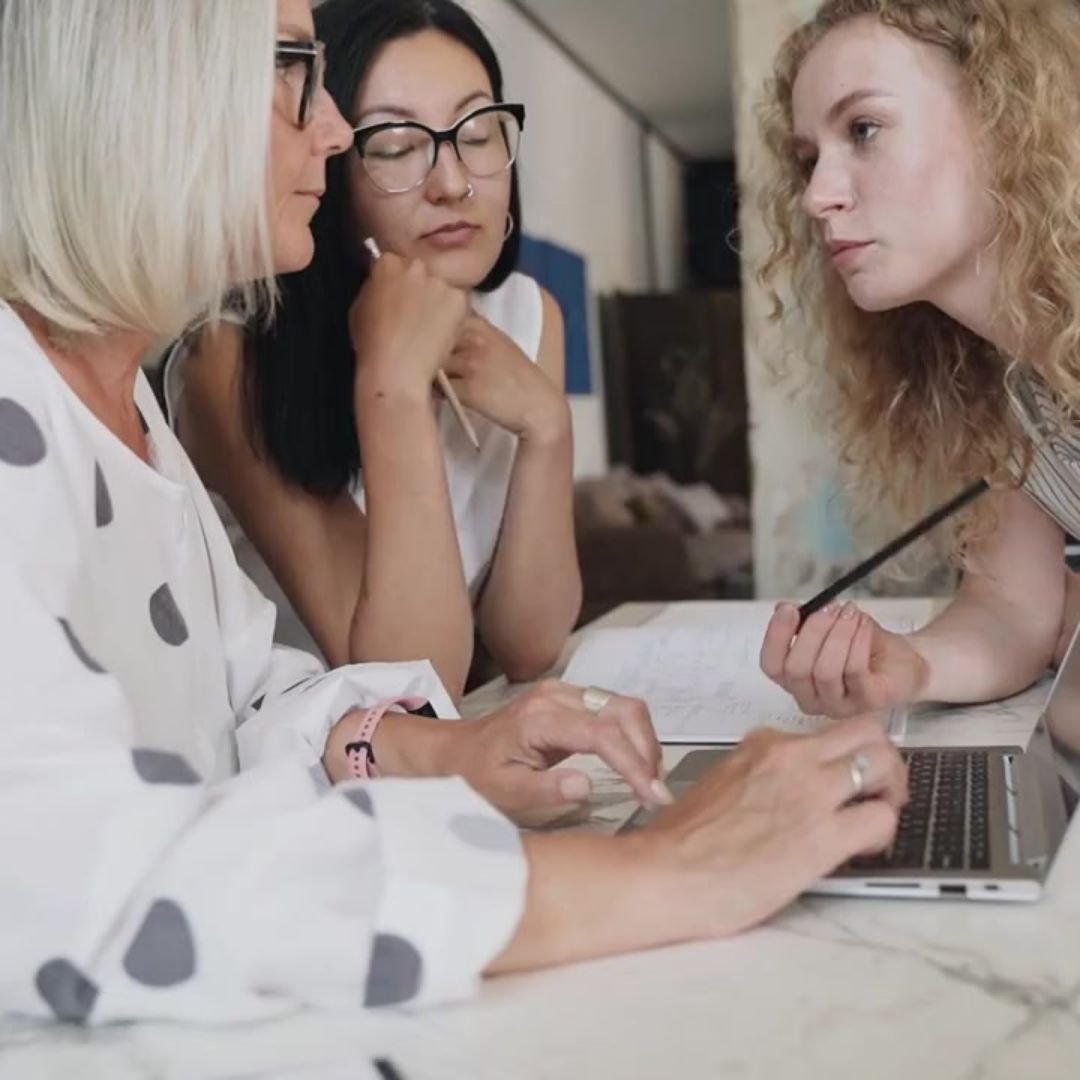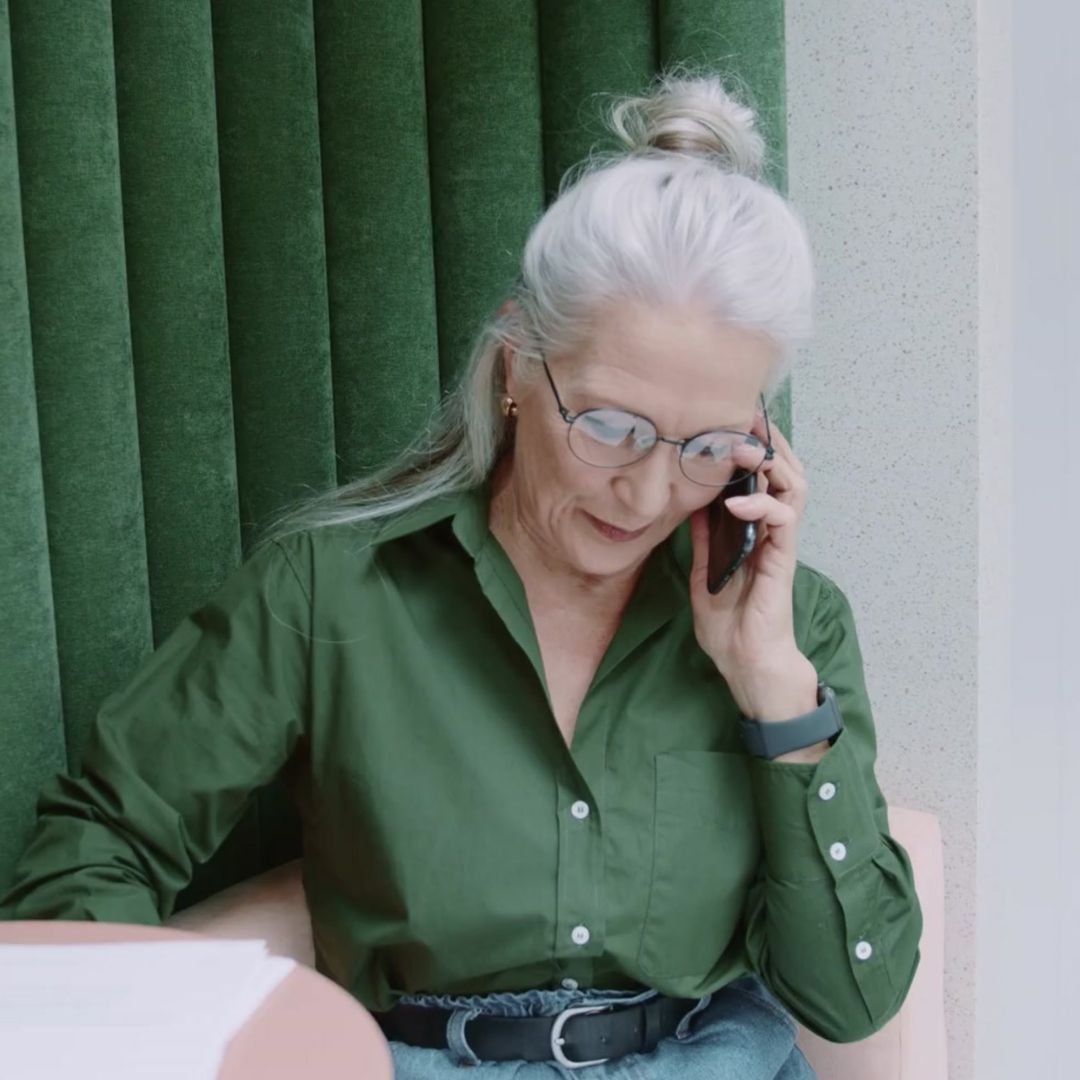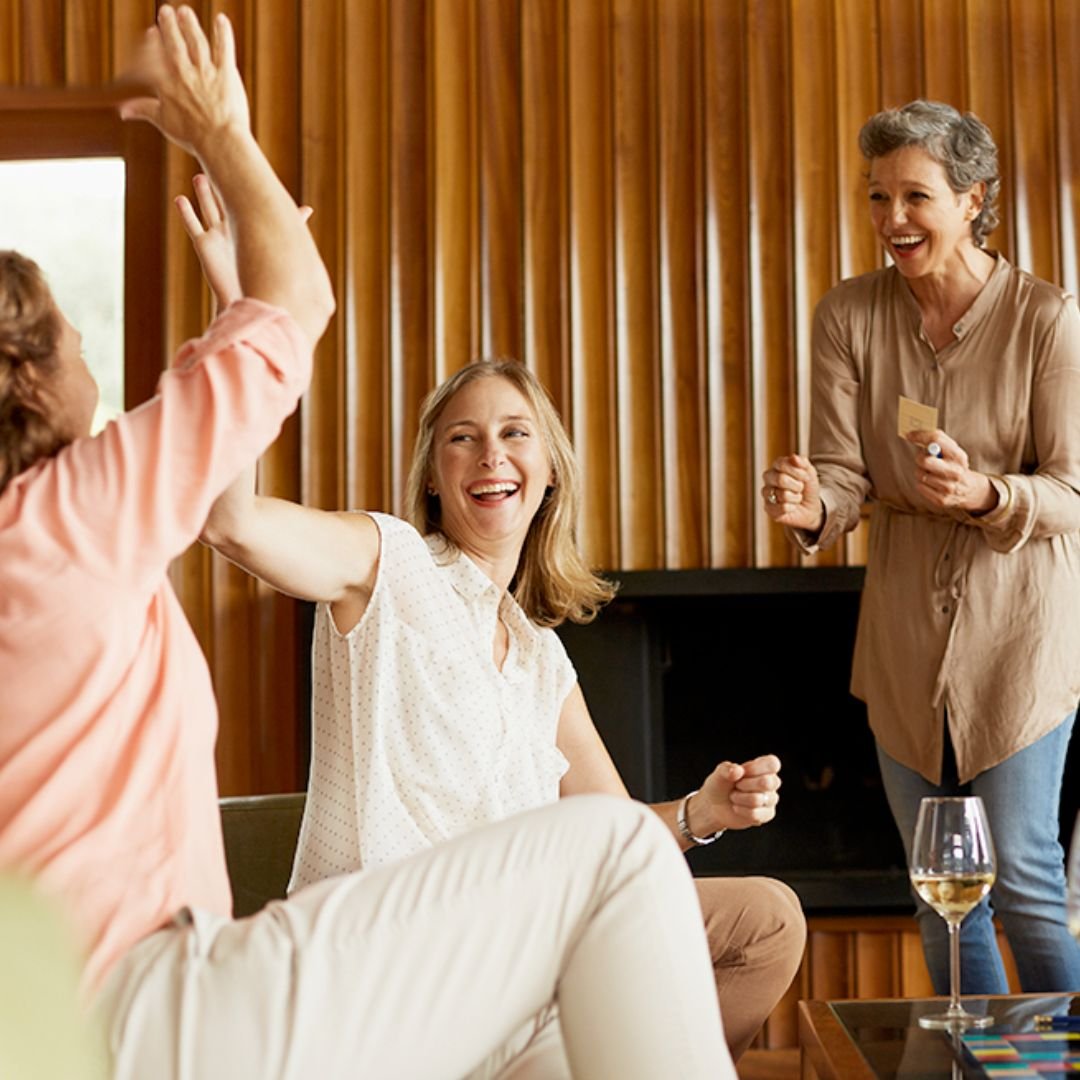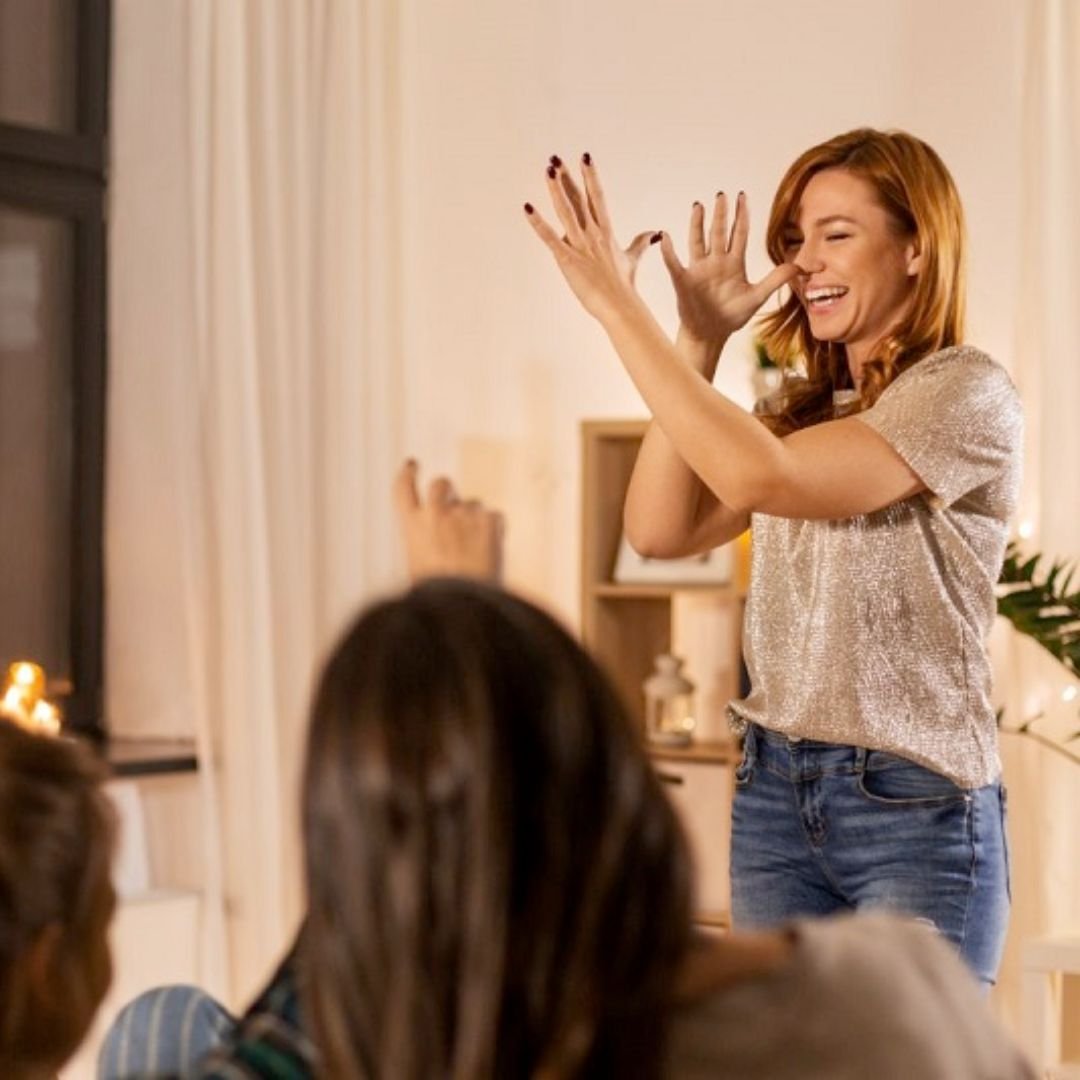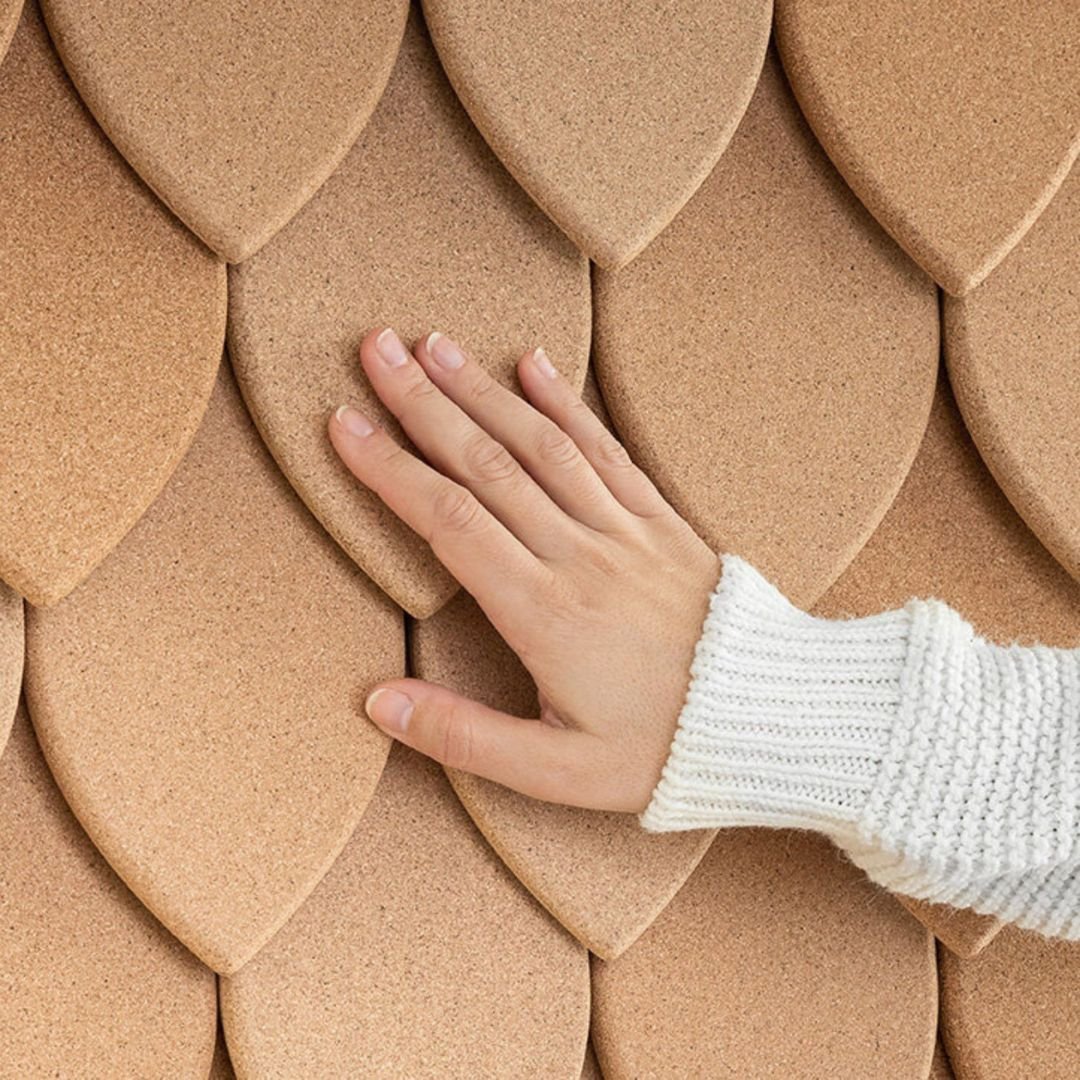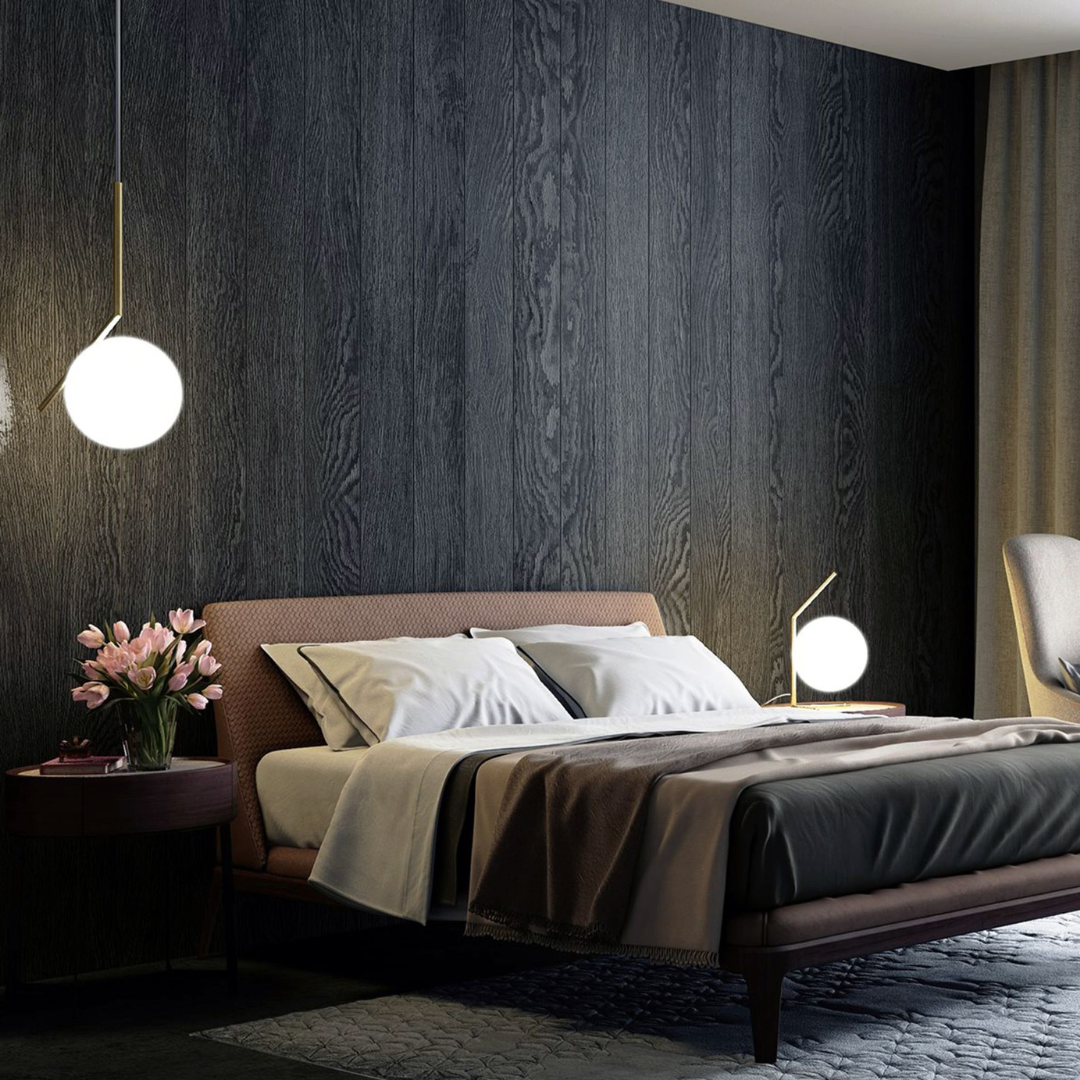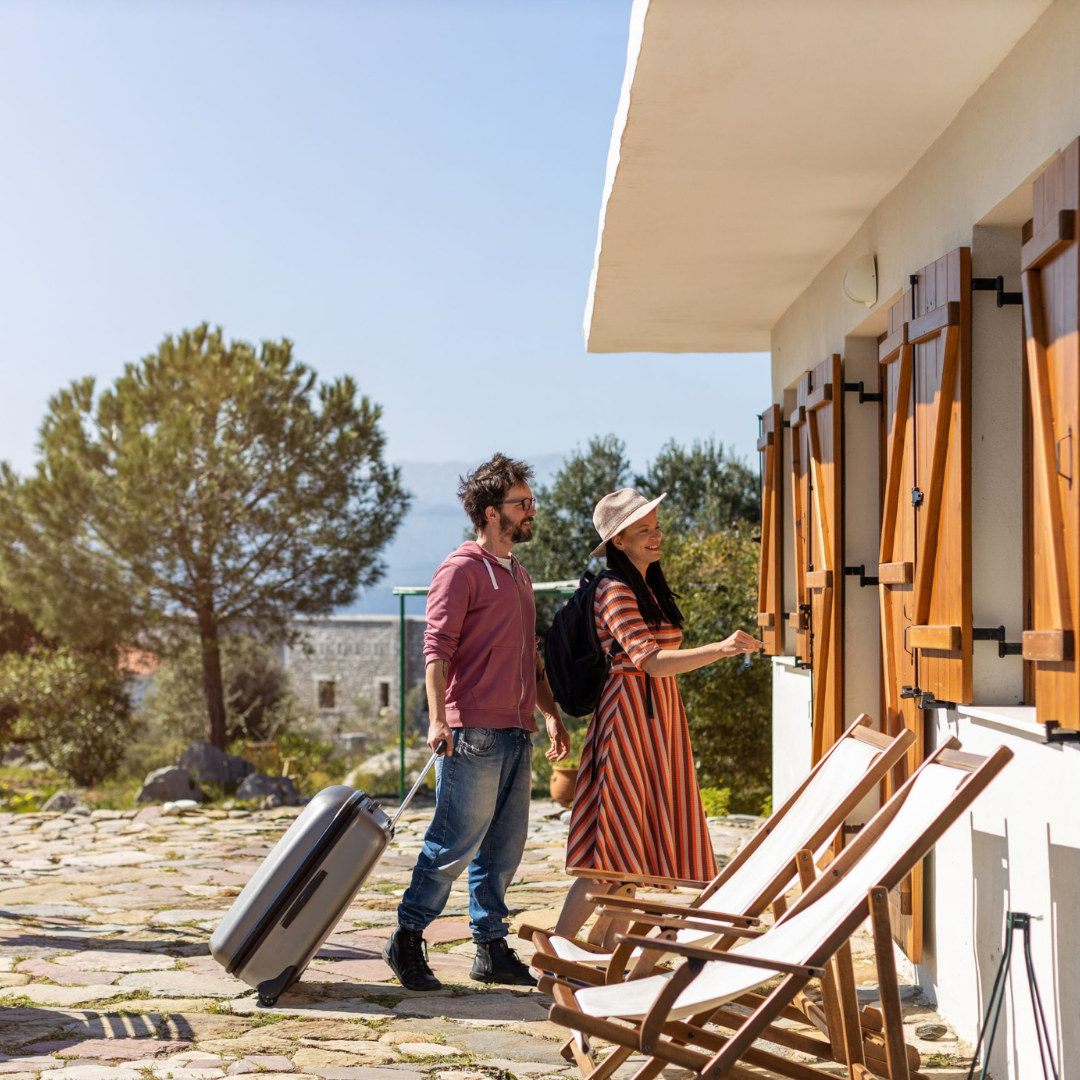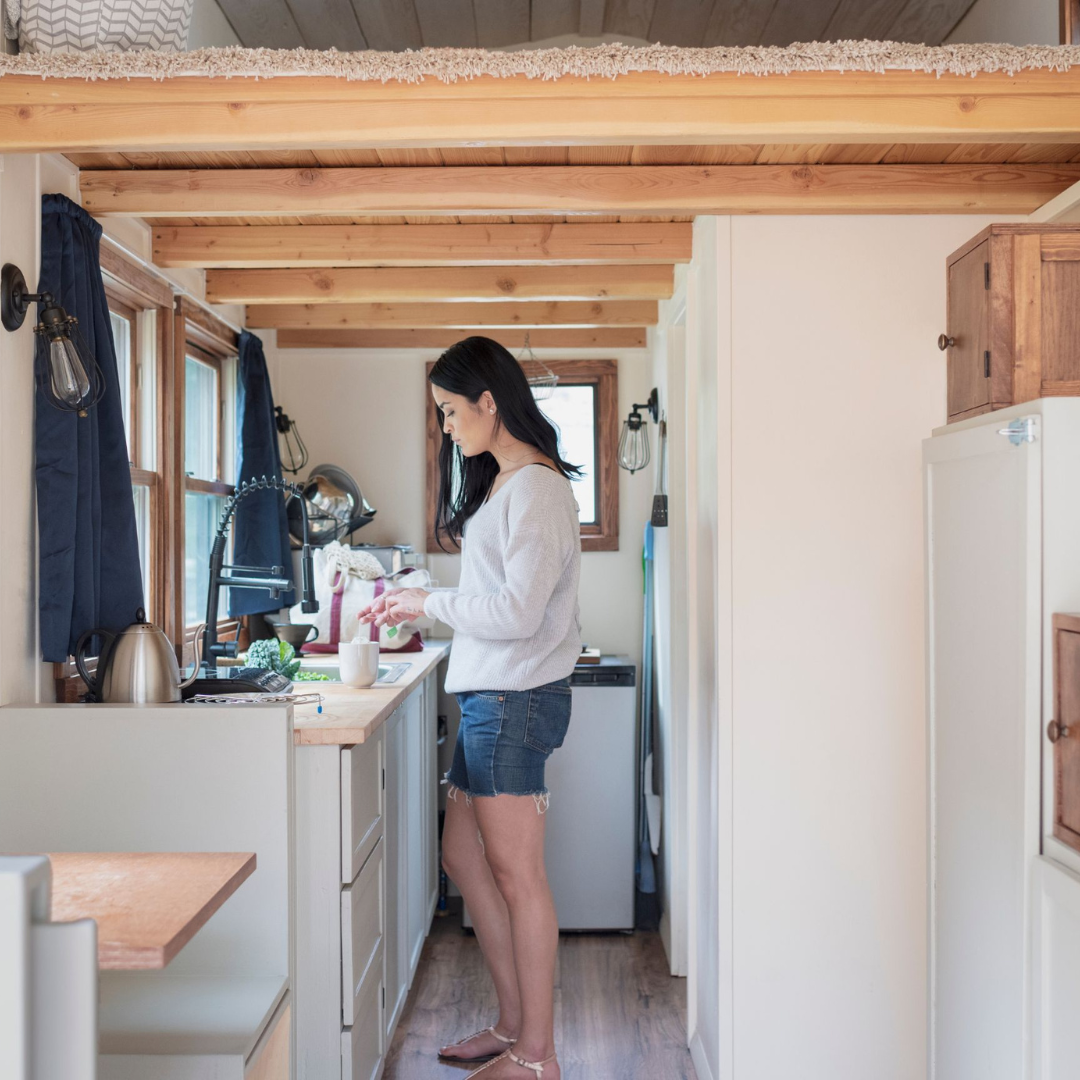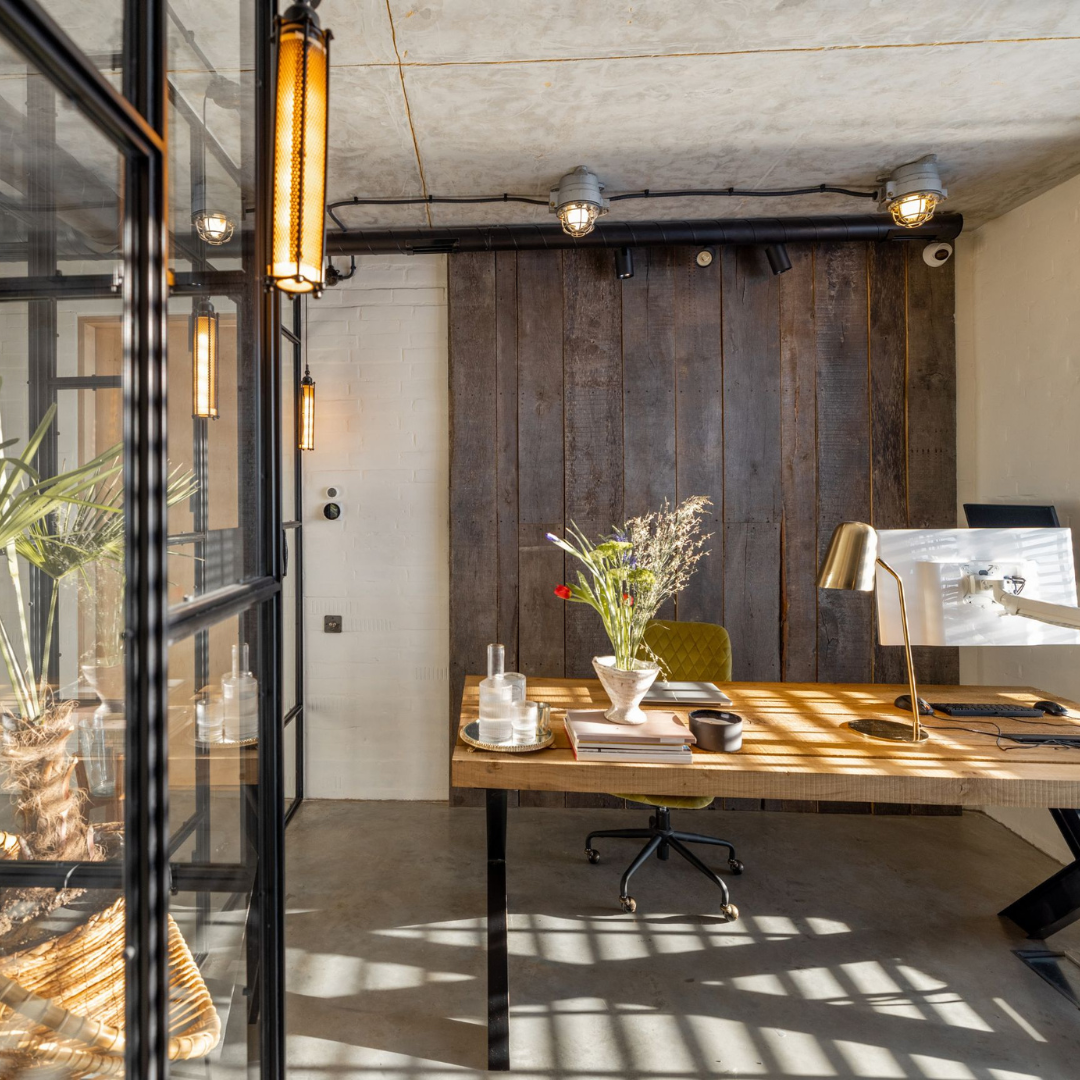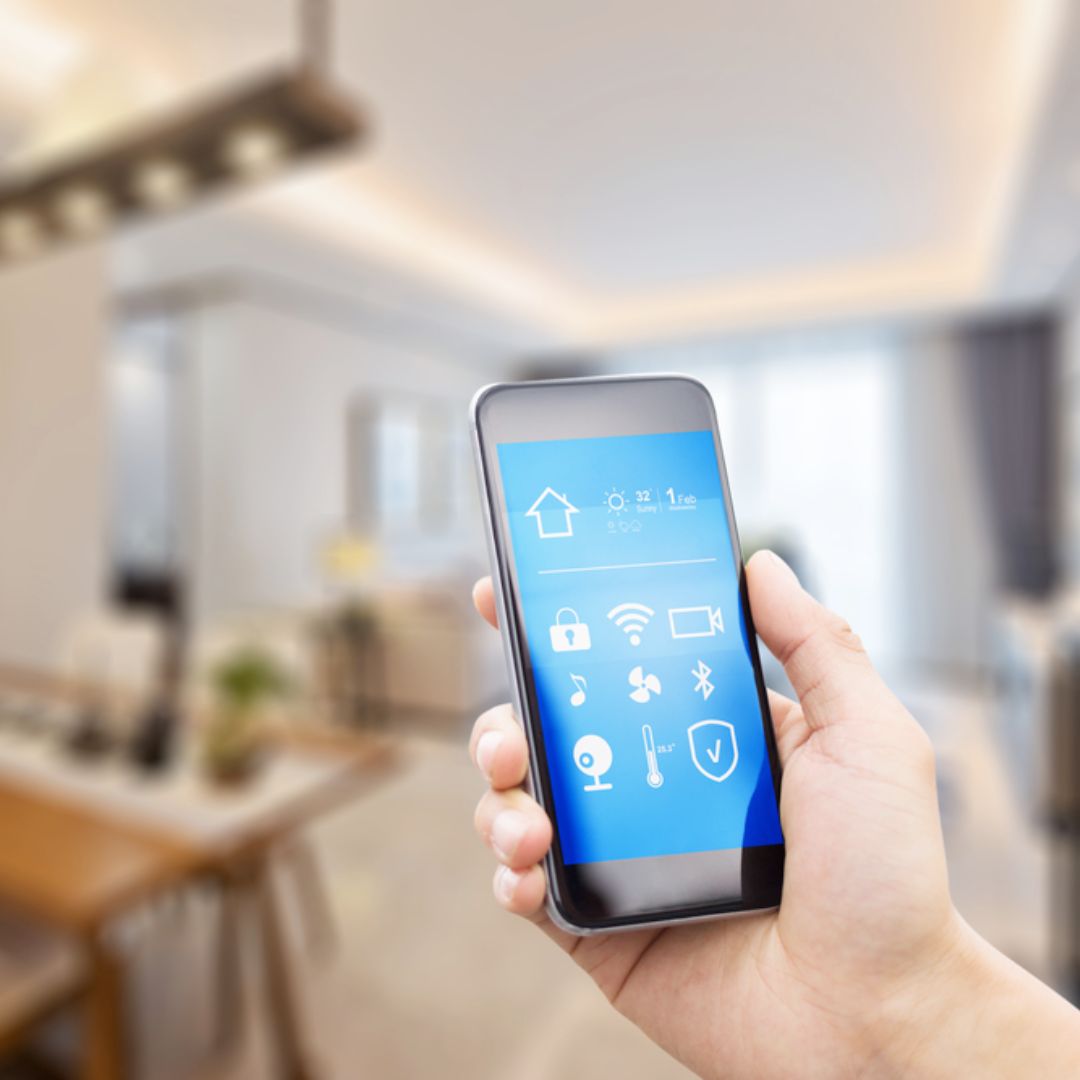Are you looking to elevate your interior design game and gain access to exclusive products and resources? Joining trade programs can open doors to a world of advantages that extend far beyond what's available to the average retail customer. Among these advantages, the most enticing feature is the potential for significant discounts, a substantial part of designers' profits. But the perks don't end there—trade members often enjoy expedited customer service, sales tax exemptions, exclusive product previews, and in many cases, custom design options and expedited shipping services.
Managing the Mark-Up
As a designer, there are various approaches to managing product mark-up with your clients. Some designers choose to sell items to their clients at the manufacturer's suggested retail price (MSRP) and keep the difference as a commission. Others opt to share the discount with their clients, adding value to the collaboration while maintaining profitability. And often, designers do some of each!
The Application Process
To streamline the process of opening trade accounts, it's a good idea to set up a readily accessible folder containing all the necessary documents and information typically requested for trade account applications. This makes the application process for you or your assistant much more efficient each time. Some of the most common asks may include:
Business License or Official Proof of Business
Resale License
Business Bank Account
Company Website URL or Social Media Page
Professional Design Membership (AI, IDI, ASID)
Terms & Conditions
When considering a trade account, be sure to find out about key terms and conditions such as:
Opening order amount
Annual minimum purchase requirement
Pricing tiers
Best customer service avenue
Return and damage policies and procedures
Now, let's dive into an up-to-date list of the top interior design trade sources!
1. 1stdibs: This well-known platform features an array of both vintage and contemporary furniture and decor and claims to have “captured the magic of the Paris flea market” and offers discounts of up to 30% along with personalized support.
2. Chairish: Another leading marketplace of home furnishings and art, registered trade members earn Trade Rewards for all purchases on Chairish. Discounts vary depending on the sellers' discretion.
3. Four Hands: A wholesale furniture and art dealer known for its extensive and stunning selection, they offer trade pricing that improves the more you spend.
4. Wayfair Professional: Famed for its vast selection and various styles, professional members enjoy up to 15% discounts, plus an extra 10% off Wayfair's specialty brands, along with fast and free shipping.
5. Williams-Sonoma: Use one trade account to receive a 20% discount on items from all its stores, including West Elm, Pottery Barn, and Rejuvenation, with a 25% discount from Williams Sonoma Home.
6. Crate & Barrel: Another chic and reputable big box brand, Crate & Barrel and its sister brand CB2 offer members a 20% discount and concierge customer service.
7. Artemest: This sophisticated Italian resource has a dedicated trade team, a range of designer discounts, and bespoke design solutions.
8. Lulu & Georgia: Members enjoy a 20% discount on all orders, exclusive previews of new collections and collaborations, and dedicated sales and support teams on this LA-based platform.
9. Design Within Reach: This multi-brand furniture and decor store offers trade pricing and promotions, COM/COL options, and their Concierge Service to assist with sourcing, orders, and delivery.
10. Article: Their team provides sourcing assistance, flat-rate deliveries, and resources like tear sheets and 3D models. You can order tax-exempt and receive discounts ranging from 5-15%, depending on your purchase.
11. Serena & Lily: Sign up for complimentary swatches, flat-rate delivery, customization options, and a 25% trade discount, plus extended return windows and a dedicated support team.
12. RH: They offer a 25% discount on all full-price merchandise and 20% off all sale items, customization options, and comprehensive design support, including 2D CAD floor plans and elevations, moodboard and material packages, and full-scale presentations.
13. Interior Define: Find customizable furniture options, up to a 20% trade discount (sometimes more), free shipping, complimentary swatches, social media exposure, an extended return window, and a trade concierge team.
14. EQ3: This Canadian furniture and home goods company offers assistance from their dedicated Customer Care Team, free swatches, 2D digital product files, COM options, and trade discounts.
15. Arhaus: At this classic and contemporary haven, you can earn tiered commissions (starting at 7%) on a quarterly basis, get featured in their publications, and enjoy custom options.
16. Minted: This popular destination for art and home accessories offers trade members 20-30% off fine art, complimentary art proposals, plus free and quick shipping.
17. Flor: A reliable source for rugs and carpet tiles, Flor's trade program provides discounts of 20% and up, free samples, quick shipping, and rug design support.
18. Visual Comfort: Enjoy a 20% trade discount on their extensive selection of beautiful lighting pieces.
19. Arteriors: Expect trade-only pricing on their eclectic furniture and accessory selection, 72-hour lead times, marketing support, and design event invitations.
20. Rove Concepts: This modern and mid-century furniture source offers trade members discounts starting at 35%, swatch boxes, brand exposure, and valuable design resources, such as Augmented Reality tools.
Other Mentions:
More and more, interior designers are turning to sourcing platforms designed precisely to streamline your sourcing process and boost your earnings. Check out:
Happy sourcing!
xx, Danae









































